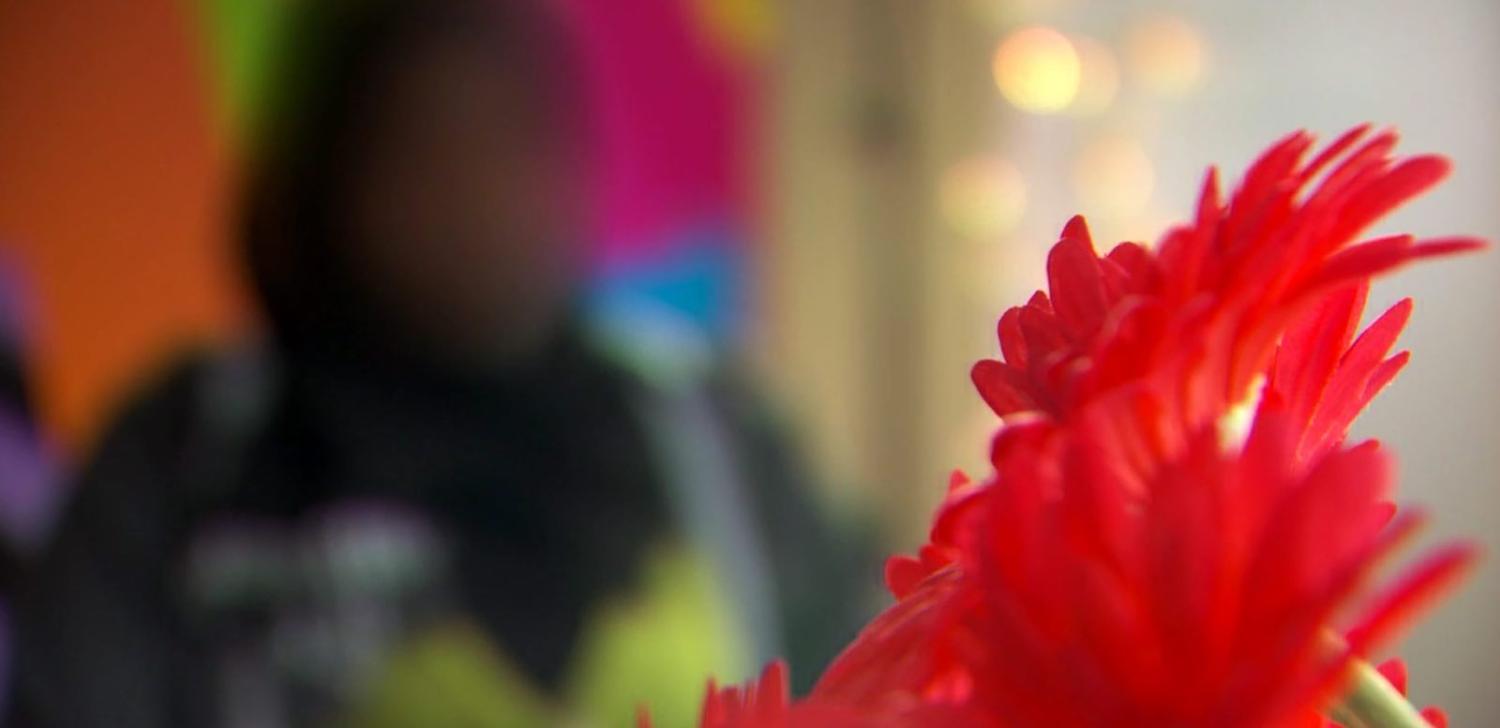Campaigners in India fighting against female genital mutilation prevalent among members of the Muslim Dawoodi Bohra community are growing more optimistic for a ban against the inhumane practice.
The long-term health effects of FGM include pain during menstruation and sexual intercourse, sexual dysfunction, loss of libido, inability to fall pregnant, and potentially fatal complications during childbirth.
A hearing in the country’s Supreme Court on Monday heard that such mutilation violates the constitutional rights that guarantee “protection of life and personal liberty”, in a case that appears set to decide whether the practice is a crime under existing laws.
In 2015, a group of women launched a campaign against female genital mutilation, or FGM, under the banner “We Speak Out on FGM”. Undeterred by the initial lukewarm response from government, the women readied for a long struggle, knowing it would not be easy to abolish a practice that had continued for centuries.
Also known as female circumcision, FGM is the partial or total cutting or removal of the external female genital organs for non-medical reasons – supposedly to curb a woman’s sexual drive. The practice is widespread among the Dawoodi Bohra community in India, and is typically carried out by traditional circumcisers in unhygienic conditions.
A petition against the cruel practice drew an overwhelming response, with almost 90,000 signatures from across the country, and encouraged more and more people to join the campaign. It was was a remarkable success, sparking debate about a subject where previously there was none. Even women of Bohra community, previously reluctant to speak out, came forward.
Some Bohra women are now speaking about the ordeal they underwent as children, although many of them do not wish to disclose their identity due to fear of backlash from the community.
Farzana (not her real name) still has a hazy memory of the day she was taken by her mother and grandmother to a room in an old dilapidated building in Mumbai. She was pinned down on the floor while her underwear was removed by her grandmother. While Farzana resisted, her mother assured her that she would not be harmed in any way. But moments later she shrieked in pain as a hot knife sliced her clitoris.
Farzana, now 25, remembers how her mother gave her lots of sweets and toffees on the way home to cheer her up. But she threw them away. It was not until years later that Farzana realised she was the victim of a cruel practice.
The Dawoodi Bohra community of India number nearly two million, mainly settled in the states of Madhya Pradesh, Gujarat, Rajasthan, and Maharashtra. Girls in the community are put through this ordeal at a very young age, anytime from infancy to 15, when they are too young to give their informed consent or even understand what is happening.
In a patriarchal society, women are not the decision-makers. But some are now happy that a campaign has been launched, and are confident that girls in the community will soon be able to live without fear.
Since FGM is usually carried out by non-medical practitioners, the victims often suffer severe pain, bleeding and other medical problems and are at higher risk of infection. Beyond the severe pain and shock, tetanus, genital sores, excessive bleeding, recurrent infections, difficulty urinating, and ulceration is common.
The long-term health effects of FGM include pain during menstruation and sexual intercourse, sexual dysfunction, loss of libido, inability to fall pregnant, and potentially fatal complications during childbirth.
The possible use of a single instrument in multiple operations can also increase the risk of transmission of disease. This, however, does not mean that a qualified medical practitioner can carry out the procedure. The basic harms and ill-effects of FGM remain the same regardless of whom performs the procedure.
In May 2017, advocate Sunita Tiwari sought a ban on the practice from the Supreme Court, calling it a grave violation of the rights of children. Last month, the Supreme Court began hearing whether FGM is constitutional.
In India, members of Bohra community have a fallacious belief that FGM makes women lead a life of chastity, and that the clitoral head makes them infidels. So the FGM procedure practised by Bohras involves removal of the clitoral head. In other countries the procedures can differ, with some believing FGM ensures the virginity of women before marriage and fidelity afterwards, ignorant to the harmful consequences.
Those who believe female circumcision is a religious duty fail to realise that FGM is a form of violence against women and girls that affects their health and leaves them forever traumatised.

